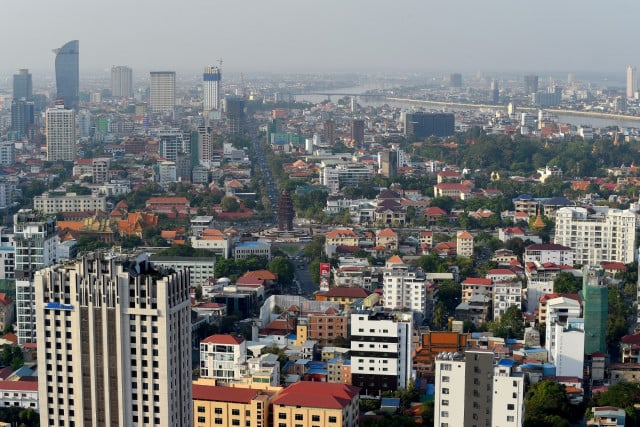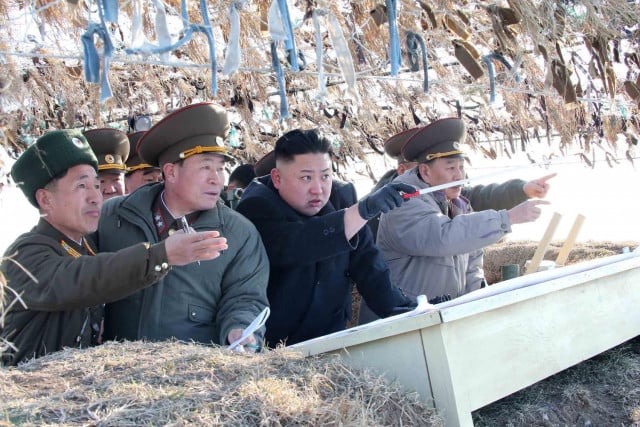Cambodia Gets Hurt as US and China Trade Blows

- By Ou Sokmean
- January 27, 2023 11:50 AM
PHNOM PENH – The US and China are involved in trade, investment and technology wars which could cut growth in countries like Cambodia by 12 percent over 10 years, senior government official Vongsey Vissoth says.
The conflicts could lead to global supply chains splitting into two divisions, decreasing world economic growth by 7% in the same period.
Vissoth, Minister attached to the Prime Minister and the Permanent Secretary of State of Ministry of Economy and Finance, said the reduction for rich countries would be 5 percent.
The growth of the global supply chain in 2022 was only 1%, which was the lowest in history, he said.
This was because of the systematic division of politics and economy due to the war between the US and China on trade, investment and technology.
The battle between the superpowers had caused two scenarios to emerge for the future global economy. The first is that the world would no longer have globalization and the supply chain would be divided into two separate systems with China and the US at their centers.
“This is a huge problem. Countries will have to choose one of the two, neutrality between the two, or none of them,” Vissoth said on Jan. 25 at the Public Forum on Macroeconomic Management and the National Budget Law 2023.
If a geopolitical and economic crisis arose, there was another scenario which as a globalization reset with the replacement of the current system has been used for nearly 40 years.
Vissoth said a globalization reset should be neutral without being reliant on China or the US, which would reduce the risks for the global supply chain.
“To decrease the two superpowers’ influence, the World Trade Organization (WTO) is leading a diversification within the new international trading system framework,” he said.
These scenarios show the uncertainty of world’s direction. The current trend is the global supply chain division — the first scenario — but there is also an initiative to respond to the second scenario, because neither scenario benefits the world.
Vissoth said he would want the second scenario to happen but it required all stakeholders to stand firmly on the consensus of abandoning their own interests and keep multilateralism under the new law arranged by the WTO.
He hoped there would be a driving force to keep multilateralism for individual interests while without the division system affecting the world.
“A global economic decline would lead to a cold war, and we don’t even know if it would be a cold war or a hot war,” he said.
If the world moves toward deglobalization and has two global supply chains, developing countries such as Cambodia would face many disadvantages.
“Many countries in the world, including Cambodia and ASEAN, do not want to pick sides — we stand in neutrality — and do not want to be enemies to any side either. We want to be friends,” he said.
“The tendency of the globalization reset is starting to grow and I hope that the world will choose that path. Otherwise, it will be difficult if deglobalization is chosen.”
Ky Sereyvath, an economic researcher at the Royal Academy of Cambodia, said the geopolitical and economic conflict would take the world to 1997 when there was a financial crisis.
“The US banned imports from Japan. A large of number of Japanese factories in Thailand were closed and went bankrupt due to their reliance on only one market,” he said.
“However, Cambodia currently has three big markets, the US, Europe, and China. So, if the US closes the market, then we go to China; if China closes the market, then we go to Europe,” he added.
“Diversification is very important to obtain the trade negotiating power with superpowers.”















